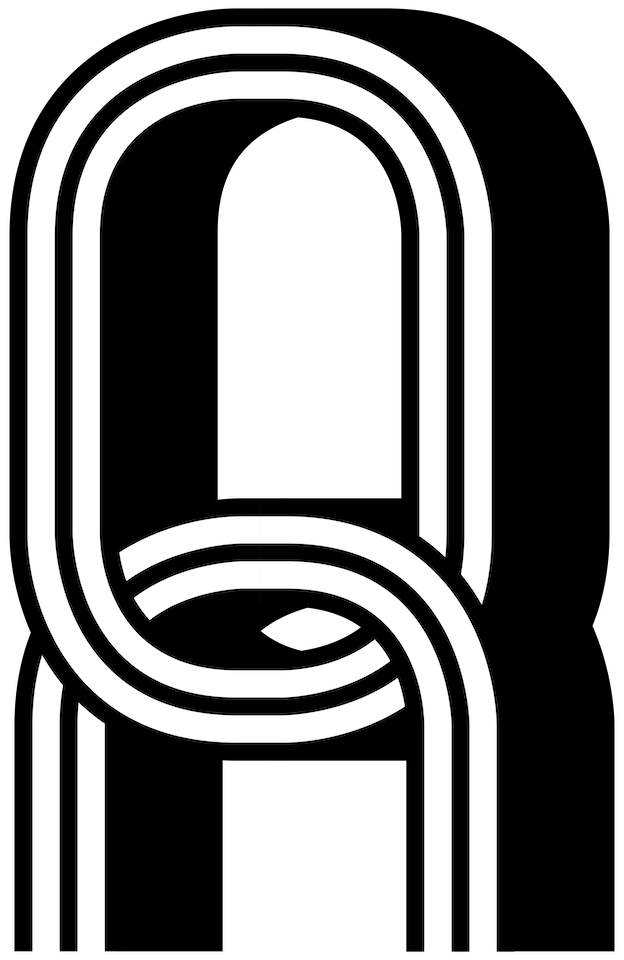Animal / God
animal/god – the great square
“Animality is an exercise.” (M. Foucault, Le Courage de la vérité, March 14 1984)
“We love nature the less humanly it behaves, and art when it is the artist’s escape from man, or the artist’s mockery of man, or the artist’s mockery of himself” (F. Nietzsche, The Gay Science, pg. 379)
‘Animal/God’ is a new work with dancer (Yap), a live musician (Lewis), and an interactive lighting designer (Gorman). This contemporary dance work investigates psychophysical trance through an Asian-inspired modus operandi that draws from traditional & classical trance dance & philosophy.
This proposed development is distinct in the way choreography and music is abstracted through trance, which is influenced by two traditional Javanese trance dances – ‘Bantengan’ and ‘Bedoyo’. Over 6 years the trio have inquired into the psycho-sonic and the physical, which is idiosyncratic to this stem of trance. It has featured recently in the highly impactful rendition of ‘Shadow’s Light’ and in an international artistic ensemble at Testing Ground funded by the City of Melbourne. This process is a mastering of this trance aesthetics, propelling it to gain a new level.
This development of choreography & musical score uses themes inspired by the philosophical notion of ‘becoming animal, becoming god’. Here dance, sonic and visual lighting experiment animality and concepts of transcendence. This process is a mastering of trance aesthetics within a mixed artistic disciplin, propelling Tony's PhD research into a creative realisation.
This work is likely to be performed in Indonesia and Malaysia in the future, showcasing Melbourne’s sophistication in contemporary dance aesthetics. The inclusion of a producer will help propel ‘Animal/God’ beyond our usual audience.
Background to the idea
Becoming Animal, in Gilles Deleuze’s thesis, The Body, the Meat and the Spirit: Becoming Animal means to extrapolate the body as the figure, not just a structure of materials but a spirit: “… a spirit which is body, corporeal and vital breath, an animal spirit; it is the animal spirit of man…” In his thesis, Deleuze identifies a zone that is undefinable and undecided between what it is to be a human and what it is to be an animal. This performance is an evocation of such an animal energy within a certain trance zone, where the central anatomy of ‘trance’ also revels in exactly this animal/humanness, where the question of the ‘dead body’ or, the ‘meat,’ becomes inevitable. Deleuze wrote:
“We believe in the existence of very special becomings-animal traversing human beings and sweeping them away, affecting the animal no less than the human.”
This presentation of The Great Square: animal directs both the performers’ and the spectators’ focus to the specific stages and modes of trance with an attention to ‘becoming animal.’ It provides a platform for emancipation into a portal between human and animal. The Great Square is the perfect setting for such an event, since it is neutral in its frame, just as chapter 41 of the Dao De Jing “has no corners;” The Great Square is a space for the indiscernible and the undecidable, for the convergence of human and animal.
The Great Square: animal/god adopts specific inductions into deep-trance which are traversed from three Asian traditions employing deep-trance: the Daoist shamanistic temple practices from Melaka, Malaysia; the Bantengan bull trance rituals in Batu, East Java; and the royal court dance of Bedoyo of Yogyakarta, Central Java in Indonesia. The performance is the final phase of my practice-based Ph.D. The title suggests the core of my development in addressing the space between polarities (human and animal) in a performance, and aligns with the concept of how one can make visible the invisible through Dao, the Chinese word signifying ‘the way.’ Here we explore some of the ways in which the term "emptiness" is understood in Daoism: specifically as a zone of spatial consideration for trance forms: “The great square has no corners”.
Creative Team
Reuben Lewis: trumpet, pedals, synths, samples
Tony Yap: choreography
Cy Gorman: lighting design
Video: Alan Erpi
